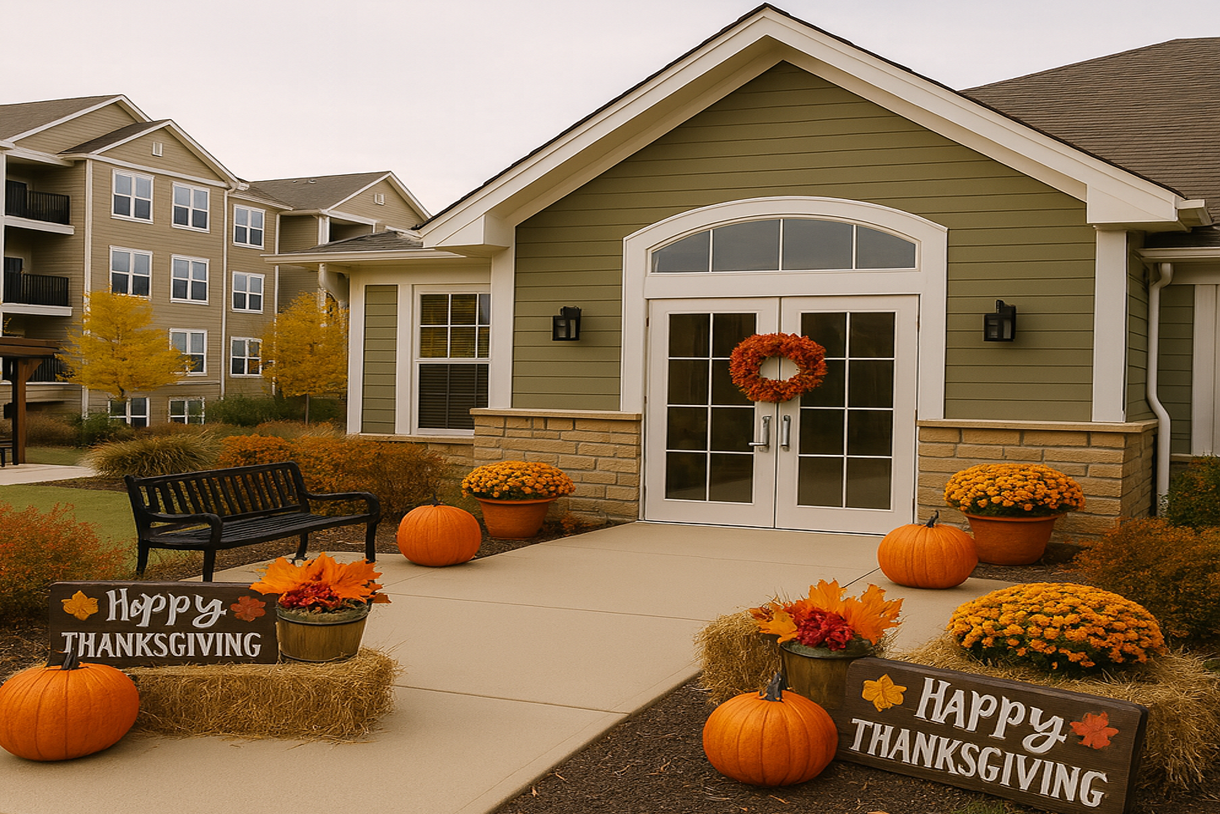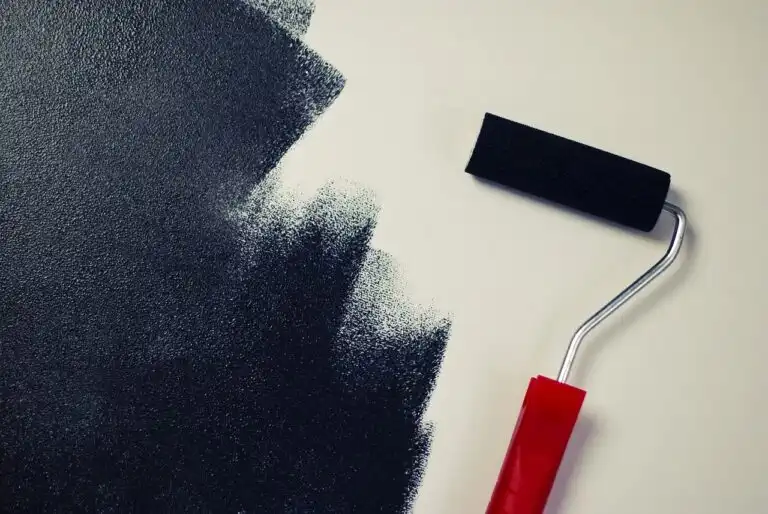A well-maintained exterior is essential for any large property, especially multi-family developments. The appearance of a building’s exterior can significantly influence first impressions and property value. Moreover, exterior painting is not only about aesthetic appeal; it also plays a crucial role in protecting the structure from harsh weather conditions, pests, and other environmental factors.
Regularly updating and maintaining the exterior paint on large properties can prevent deterioration and extend the lifespan of the building. Peeling or faded paint can expose the underlying materials to damage, potentially leading to expensive repairs. Keeping the exterior paint in good condition acts as a protective barrier against moisture and UV rays, which can cause long-term harm.
Taking the time to plan and execute a professional exterior painting job ensures that the property remains attractive and in good condition. Preparing the property, selecting the right materials, and following the correct painting procedures all contribute to a long-lasting and beautiful finish. This guide aims to provide valuable insights and practical steps to help you achieve a successful exterior painting project for your large property.
Importance Of Exterior Painting For Large Properties
Exterior painting plays a vital role in maintaining the value and appeal of large properties, particularly multi-family developments. By keeping the exterior well-painted, you ensure that the building remains attractive to current and potential residents. An aesthetically pleasing exterior can significantly enhance the property’s curb appeal, making it more inviting and potentially increasing occupancy rates.
Beyond aesthetics, a fresh coat of paint also serves as a protective layer for the building’s surface. High-quality paint prevents moisture from seeping into the walls, which can lead to issues like mold growth, wood rot, and structural damage. This protection is essential in safeguarding the building against the elements, including rain, snow, and harsh sun rays.
Routine exterior painting also highlights the building’s upkeep and attention to detail, instilling a sense of pride among residents. It reflects the property management’s commitment to creating a well-maintained and secure living environment. Overall, maintaining and updating exterior paint provides both visual and structural benefits, ensuring that the property remains in top condition for years to come.
Preparing The Property For Exterior Painting
Proper preparation is crucial for a successful exterior painting project on a large property. This process involves several steps to ensure the surface is ready for paint application, which results in a durable and long-lasting finish.
- Checks and Repairs: Begin with a thorough checking of the exterior walls. Look for any damages such as cracks, holes, or signs of water damage. Repairing these issues before painting is essential to achieve a smooth and even surface. Use caulk or filler to seal any gaps and allow the repairs to dry completely.
- Cleaning the Surface: Clean the exterior walls to remove dirt, grime, mildew, and old paint residue. Pressure washing is an effective method for large properties, as it efficiently cleans large surface areas. Ensure the walls are dry before proceeding to the next step.
- Surface Preparation: Scrape off any loose or peeling paint using a putty knife or scraper. Sanding the surface helps create a smooth base for the new paint to adhere to. For large properties, consider using electric sanders to expedite the process.
- Masking and Covering: Protect windows, doors, and other non-painted areas by covering them with plastic sheeting or painter’s tape. This step prevents accidental paint splatters and ensures clean edges around these elements.
By meticulously preparing the property, you set the stage for a high-quality exterior painting project that can withstand environmental factors and the test of time. Proper preparation is a foundational step that directly impacts the overall success and longevity of the paint job.
Choosing The Right Materials And Colors
Selecting the right materials and colors is vital for achieving a high-quality exterior paint job. Here are important factors to consider:
- Quality of Paint: Choose high-quality exterior paint that offers durability and resistance to environmental elements. Premium paints are specially formulated to withstand harsh weather conditions, maintaining their color and finish for a longer period.
- Type of Paint: Decide between oil-based and latex-based paints. Latex paint is commonly used for exterior painting because it dries quickly, is easy to clean, and offers excellent flexibility. Oil-based paints, although more durable, take longer to dry and require solvents for cleanup.
- Primers: Using a primer is essential, especially if the surface has been repaired or is being painted for the first time. Primers create a smooth base, improve paint adhesion, and ensure a uniform finish.
- Color Selection: Select colors that blend well with the surroundings and enhance the property’s architectural features. Consider the local climate—lighter colors reflect heat while darker colors absorb it. Test paint samples on small sections of the wall to see how they look at different times of the day.
- Finishes: Choose the right finish for your needs. Flat finishes hide imperfections but are less durable, while satin, semi-gloss, and gloss finishes offer more durability and are easier to clean.
By carefully selecting materials and colors, you can ensure that the exterior paint job is both beautiful and long-lasting.
Steps To Achieve A Professional Finish
Achieving a professional finish in exterior painting involves following a series of detailed steps. Here’s how our professionals ensure a high-quality job:
- Surface Preparation: Clean the surface thoroughly, remove loose paint, and repair any damages. Properly prepared surfaces ensure that the paint adheres well and provides an even finish.
- Priming: Apply a coat of primer to the entire surface. Primer helps in covering imperfections and provides a good base for the topcoat. It also enhances the paint’s adhesion to the surface.
- Applying Paint: Use high-quality exterior paint suitable for the building material. Start by cutting in around edges and corners with a brush, then use rollers or sprayers for larger areas. Apply paint evenly and in thin coats to avoid drips and uneven coverage.
- Multiple Coats: Apply at least two coats of paint for a durable finish. Allow the first coat to dry entirely before applying the second one. This process ensures deeper color and even coverage.
- Detailing: Pay attention to details such as trims, eaves, and doors. Use precision brushes for these areas to achieve clean and sharp lines. Remove masking tape carefully to prevent peeling paint.
- Inspection and Touch-Ups: Once painting is complete, inspect the entire surface for any missed spots or imperfections. Touch up these areas as needed to ensure a flawless finish.
Following these steps ensures a durable and professional exterior paint job that enhances the property’s appearance and protects it from environmental damage.
Conclusion
The process of exterior painting for large properties involves careful planning, preparation, and execution. From understanding the importance of maintaining a visually appealing and protected exterior, to selecting the right materials and achieving a professional finish, each step is crucial. Properly painted exteriors not only improve the aesthetic appeal but also provide essential protection against weather damage and wear.
Our team at Matrix Construction Services specializes in delivering high-quality exterior painting services for multi-family developments. We follow detailed procedures to ensure your property looks its best and stands the test of time. Contact us today to transform and maintain your property with expert exterior painting services in Addison.



